Pioneers In Preschool Education
India's most desired preschool brand
In 1993, Kangaroo Kids International Preschool pioneered a whole
new concept in learning as we knew that the conventional rote
system of learning would not equip children with skills and
abilities for the dawn of a new age of information.
We believe that children learn best when they are given a choice
and voice within an emotionally safe environment. They blossom
when they are nurtured by those who have their best interests
at heart and use evidence-based teaching-learning strategies that are supported
by years of research and up-to-date methods.

30+
Years in preschool education

2,00,000 +
Students Nurtured

130+
Preschools Globally

6
Countries
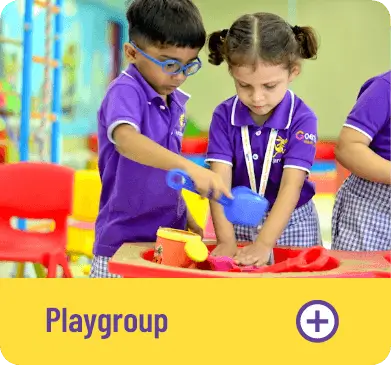
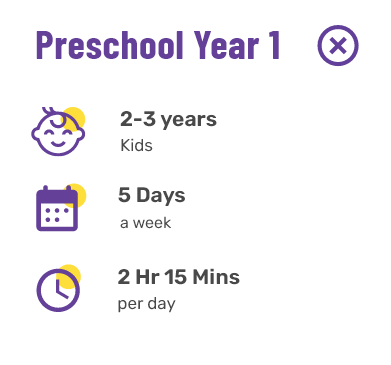
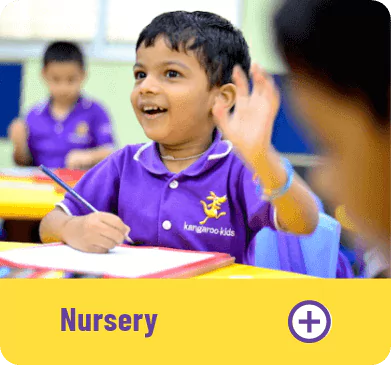
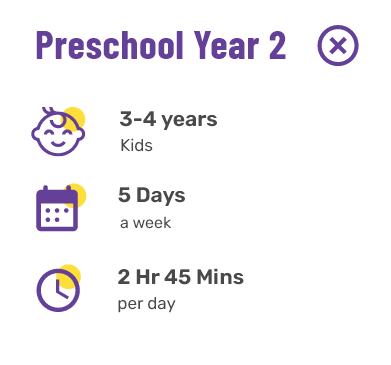
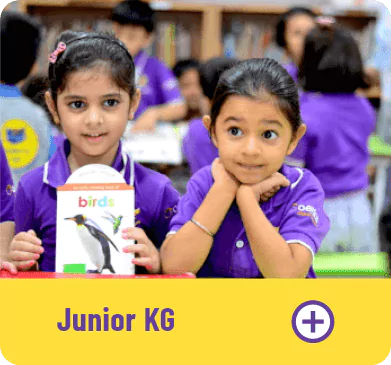
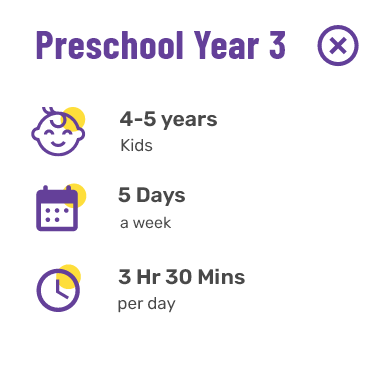
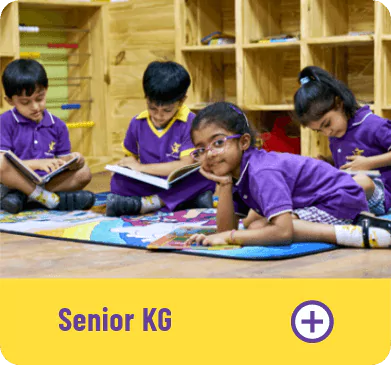
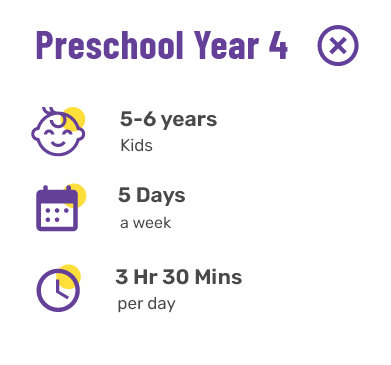
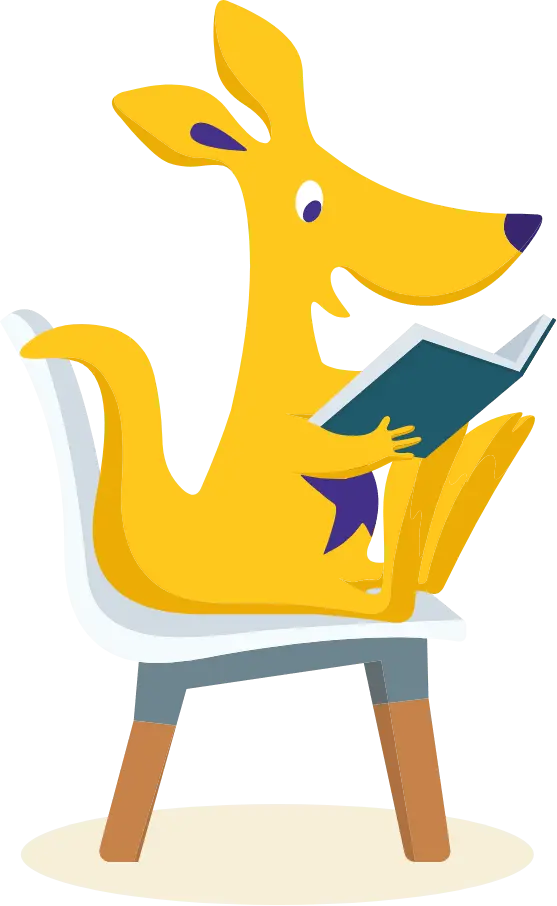
To create a learning environment that accommodates all individual learners providing them with opportunities to maximise their inherent potential. Our ultimate and cherished dream is to capture the latest and most innovative learning and teaching techniques and to introduce them successfully in India and across the world.

Father of Arjun Tendulkar
Kangaroo Kids, Pali Hill Mumbai
Thank you… Kangaroo Kids – I wish there was Kangaroo Kids when I was growing up. I’m grateful to get the opportunity to send my children to a school like this. I missed ICC Ceat Ranking Award Ceremony to be a part of this event.

Father of Aryan Khan
Kangaroo Kids, Pali Hill Mumbai
Marvellous activities for the children – I wish the school all the best and hope they continue to do such marvellous activities for the children.Actually, if not for the children, I request it for the parents sake, please.
Advanced Curriculum & Pedagogy

Curriculum & Pedagogy

Teacher Training & Development

Tools & Equipment

Immersive Learning Spaces

Outcome & Assessments
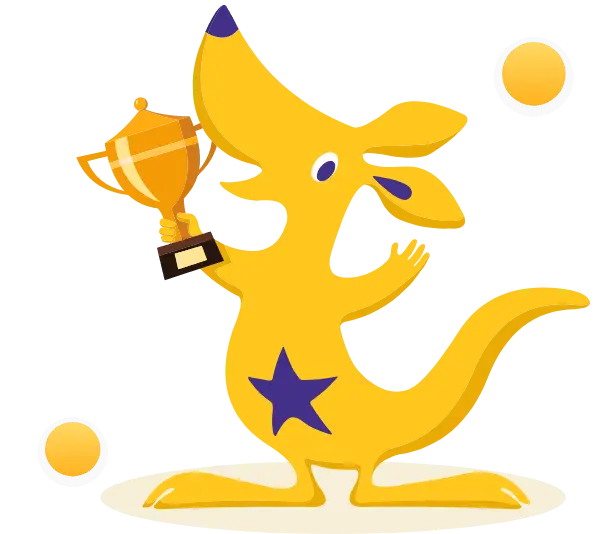








Across 6 Countries
We at Kangaroo Kids bring over 30 years of experience in the preschool space. Kangaroo Kids International Preschools as well as Billabong High International Schools have received accolades, awards and appreciation from parents as well as students. With specially trained teachers, our centres ensure that their foundation for preschool and eventually school, is well-rounded, while also being a safe and colourful environment for children to get acquainted with others of their age.
The trust and goodwill that we have built over the years is based on the passion we have invested in education and evolved learning systems. We believe that every child deserves an atmosphere of creativity, compassion and confidence. At all Kangaroo Kids play schools, nursery schools and kindergartens across India and abroad, we ensure a safe, bias-free environment for children to learn and blossom in.
"Tell me and I’ll forget; show me and I may remember; involve me and I’ll understand. - Chinese proverb"
Our unique curriculum is designed with the objective to make children addicted to learning! The methodology ensures that learning is thought provoking and empowering since it is based on the latest theories, brain research and best practices in education.
